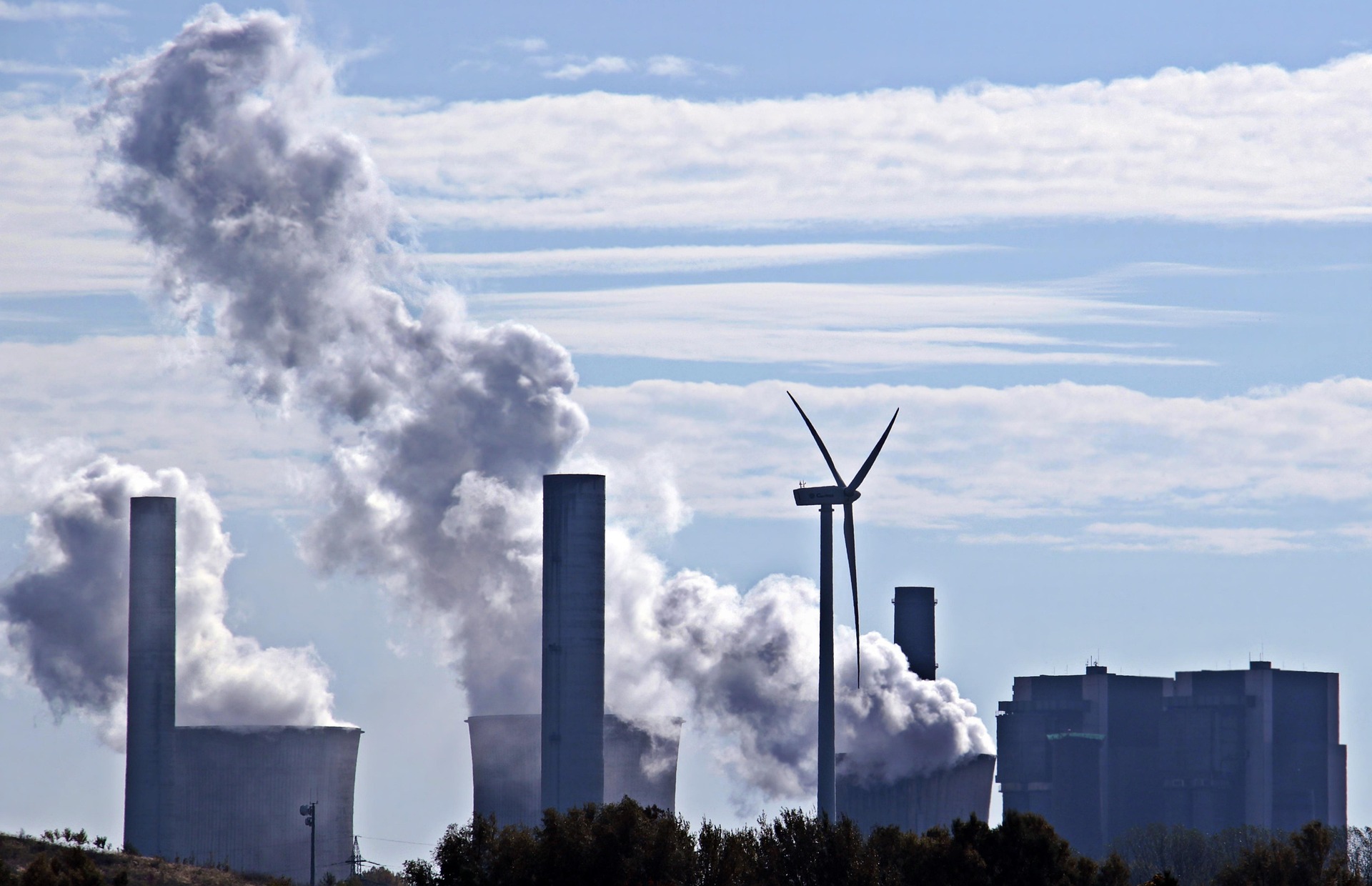The EU’s CBAM continues to evolve as policymakers respond to feedback from industry and international partners, with a recent set of changes bundled in the “CBAM Omnibus”.
CBAM policy reflects an attempt to resolve a fundamental tension known as the Carbon Leakage Trilemma: how to balance environmental ambition, international equity, and technical feasibility. Pushing toward one tends to make the others harder to achieve. For example, raising climate ambition through stricter import rules can create disproportionate burdens for developing countries or small firms. Likewise, designing a technically simple system often means compromising on accuracy or fairness.
A central feature of the new CBAM framework is the revised threshold for inclusion. Originally based on the value of imports, the threshold is now defined in terms of “mass” (value / price), specifically, 50 tonnes of regulated goods per year. This replaces the EU’s previous benchmark of an import value, still used by the UK where the threshold is £50,000. The EU’s 50 tonnes threshold aims to capture 99% of emissions while excluding around 90% of importers. While this simplifies enforcement, it also means that some high-emission goods from low-volume importers may escape scrutiny.
Value and mass thresholds are both are proxies for what ultimately matters – emissions. Ideally, the CBAM threshold would be based on emissions directly. That requires knowing the carbon intensity of imported goods, but it would have been relatively straightforward to set up such a conversion for types of goods, which is monitored and tracked already.
The Omnibus regulation includes other significant changes. Firms may now rely on default emissions values without verification, a practical concession given the administrative burden of full compliance. The requirement for firms to hold CBAM certificates in advance has also been lowered from 80% to 50%. Importers can now claim credit for carbon prices paid in third countries, a recognition of efforts by trading partners to decarbonise their own production.
The EU has also responded to concerns about data granularity. Firms are now allowed to report average emissions intensity at the product or facility level, rather than on a per-shipment basis. This is a notable shift away from the initial vision of precise, shipment-level carbon accounting, but it reflects industry and parliamentary feedback about feasibility.
Critics argue that these changes reduce the incentive for exporters to improve the carbon performance of individual product lines. Nonetheless, they represent a more manageable model—particularly for firms in countries with limited emissions reporting infrastructure.
But the EU has not moved to change CBAM framework to improve equity, for which should be strongly in favour. For developing countries, the case for exemptions remains strong. Imports of CBAM-regulated goods from least-developed countries and lower-income economies account for a negligible share of total imports—0.03% in the UK and 0.38% in the EU. Carving out exemptions for these groups would have little environmental impact but meaningful political benefit.
We also argue that the EU’s approach to carbon markets—particularly the relationship between the Emissions Trading Scheme (ETS)—is suboptimal. Under current rules, domestic firms face a rigid cap and a market-driven price, while importers can purchase any number of emissions permits at a fixed price (the average price of domestic ETS permits in the previous week). This can result in volatility and distorted incentives, most notably the possibility that energy-saving technical progress in the EU can result in increases in global emissions.
For the UK, agreeing to align its ETS with the EU’s has helped reduce concerns around Northern Ireland and Great Britain, creating a more integrated carbon market between the UK and EU. Further unification of energy and carbon markets would be beneficial for both parties.
In sum, the CBAM continues to move toward a more flexible, technically viable model. But as the mechanism matures, the technical details of the design and the possible tensions between environmental goals and political drivers remain serious challenges. The EU’s CBAM continues to evolve as policymakers respond to feedback from industry and international partners, with a recent set of changes bundled in the “CBAM Omnibus”.
CBAM policy reflects an attempt to resolve a fundamental tension known as the Carbon Leakage Trilemma: how to balance environmental ambition, international equity, and technical feasibility. Pushing toward one tends to make the others harder to achieve. For example, raising climate ambition through stricter import rules can create disproportionate burdens for developing countries or small firms. Likewise, designing a technically simple system often means compromising on accuracy or fairness.
A central feature of the new CBAM framework is the revised threshold for inclusion. Originally based on the value of imports, the threshold is now defined in terms of “mass” (value / price), specifically, 50 tonnes of regulated goods per year. This replaces the EU’s previous benchmark of an import value, still used by the UK where the threshold is £50,000. The EU’s 50 tonnes threshold aims to capture 99% of emissions while excluding around 90% of importers. While this simplifies enforcement, it also means that some high-emission goods from low-volume importers may escape scrutiny.
Value and mass thresholds are both are proxies for what ultimately matters – emissions. Ideally, the CBAM threshold would be based on emissions directly. That requires knowing the carbon intensity of imported goods, but it would have been relatively straightforward to set up such a conversion for types of goods, which is monitored and tracked already.
The Omnibus regulation includes other significant changes. Firms may now rely on default emissions values without verification, a practical concession given the administrative burden of full compliance. The requirement for firms to hold CBAM certificates in advance has also been lowered from 80% to 50%. Importers can now claim credit for carbon prices paid in third countries, a recognition of efforts by trading partners to decarbonise their own production.
The EU has also responded to concerns about data granularity. Firms are now allowed to report average emissions intensity at the product or facility level, rather than on a per-shipment basis. This is a notable shift away from the initial vision of precise, shipment-level carbon accounting, but it reflects industry and parliamentary feedback about feasibility.
Critics argue that these changes reduce the incentive for exporters to improve the carbon performance of individual product lines. Nonetheless, they represent a more manageable model—particularly for firms in countries with limited emissions reporting infrastructure.
But the EU has not moved to change CBAM framework to improve equity, for which should be strongly in favour. For developing countries, the case for exemptions remains strong. Imports of CBAM-regulated goods from least-developed countries and lower-income economies account for a negligible share of total imports—0.03% in the UK and 0.38% in the EU. Carving out exemptions for these groups would have little environmental impact but meaningful political benefit.
We also argue that the EU’s approach to carbon markets—particularly the relationship between the Emissions Trading Scheme (ETS)—is suboptimal. Under current rules, domestic firms face a rigid cap and a market-driven price, while importers can purchase any number of emissions permits at a fixed price (the average price of domestic ETS permits in the previous week). This can result in volatility and distorted incentives, most notably the possibility that energy-saving technical progress in the EU can result in increases in global emissions.
For the UK, agreeing to align its ETS with the EU’s has helped reduce concerns around Northern Ireland and Great Britain, creating a more integrated carbon market between the UK and EU. Further unification of energy and carbon markets would be beneficial for both parties.
In sum, the CBAM continues to move toward a more flexible, technically viable model. But as the mechanism matures, the technical details of the design and the possible tensions between environmental goals and political drivers remain serious challenges.



